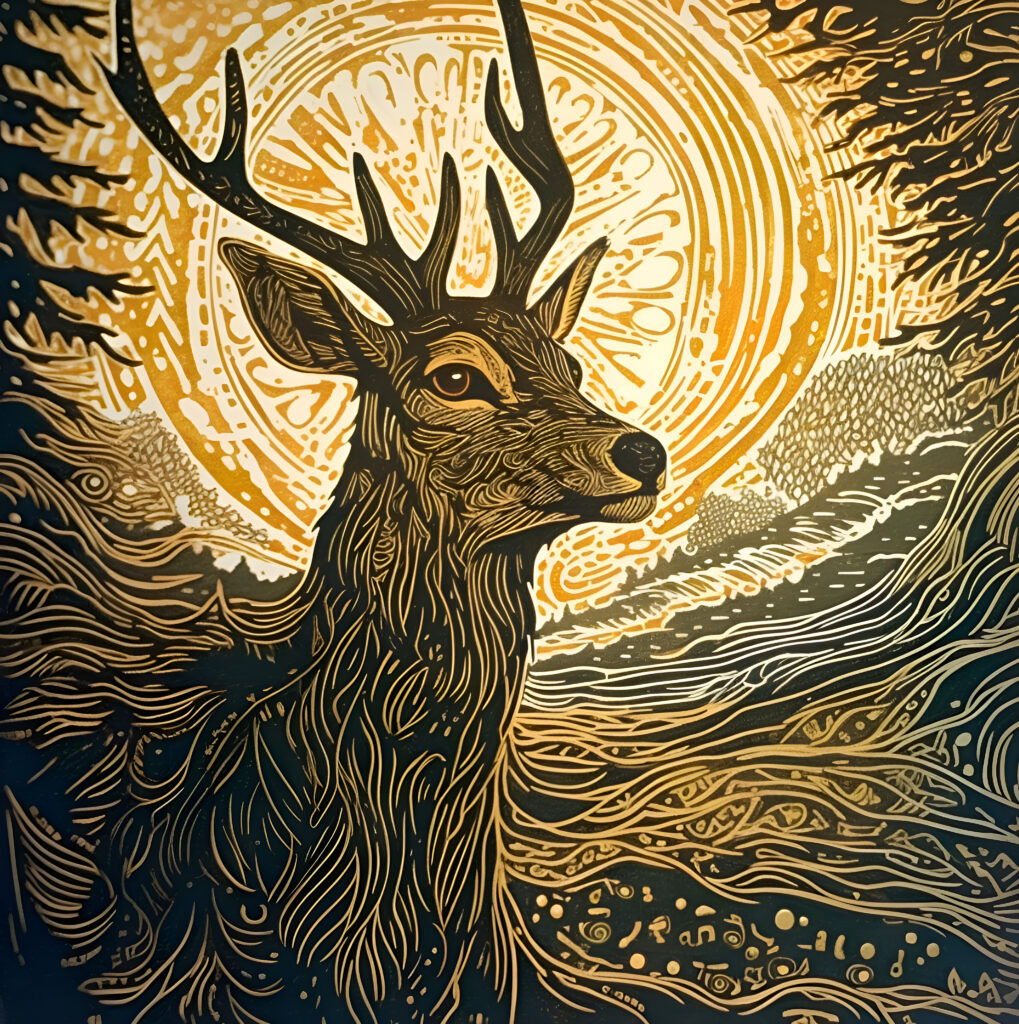What a remarkable year it has been for sky.
Spring brought rainbow after rainbow—doubles, even triples—arching across the valley after storms. Colors layered upon colors, each band distinct yet melting into the next, like watercolor still wet on sky-blue paper.
Then came the eclipse. The moon slipped between Earth and Sun, casting a strange brown shadow. The air cooled. Crickets chirped. Deer emerged from the forest edge, fed in the dusk, then retreated. Birds sang their evening chorus, fell silent, and then welcomed a second dawn—all within the span of an hour.
Now, autumn brings another gift. News reports speak of intense solar storms, disrupting satellites and pulling the aurora borealis from its Arctic home to visit Pennsylvania valleys.
I’ve seen the lights once before—above Alaska’s cold waters, during a month at sea working as a commercial fisherman. The aurora danced as faint wisps of green above heavy swells. But exhaustion dulled my wonder. Six hours on, six hours off, muscles burning from hauling gear. I remember only thinking I could check one more sight off life’s list before collapsing into my narrow bunk, the boat rocking beneath me.
My daughter had never seen the aurora outside the pages of magazines and tourist brochures. Though she had traveled to Scandinavia often in recent years, her husband had wisely planned those visits to southern regions and during the summer months.
So together, we fall prey to the media’s promises. We search for photographs of electric curtains in emerald and sapphire, sweeping across star fields. We expect drama: a celestial fireworks display ignited by Earth’s magnetic pull and a storming sun.
When night falls, we step from the kitchen table out onto the cold patio to witness the show. Faint wisps of color drift overhead. Pale green. A blush of pink. Barely visible—like breath on cold glass.
Could that be it? Did we miss it? Wasn’t there supposed to be more?
Later, I come across what Katherine May writes in Wintering: the aurora rarely announces itself. Most of the images we’ve seen are, in a way, illusions—long-exposure photographs capturing light our eyes cannot retain, time compressed into false brilliance. Tourists often return from Finland clutching photos of themselves smiling, bathed in green fire they never actually saw. Only the patient lens of the tour operator’s camera gathers enough light to reveal those vivid rivers in the sky.
Still, this night shines.
However faint, the sun painted the night sky with colors the valley may not see again for decades. Here on the cold patio, I sit with my grown daughter—graduate, post-graduate, married, and somehow, miraculously, beside me tonight. Pine resin sharpens the cooling air. A lonely cricket plays its autumn aria from deep in the brambles. High in an oak, a screech owl calls—its tremulous wail floating down like a question. At the valley’s base, the stream murmurs its endless story over stone and root. The moon glows through the trees.
Tonight, I fall asleep under wondrous light.

One Response
“Penn named the colony Pennsylvania, which is Latin for “Penn’s woods,” after his father.”
I deeply would recommend to re- name to “Billsylvania ” Bill’s wood. 💚
Love from Sri Lanka